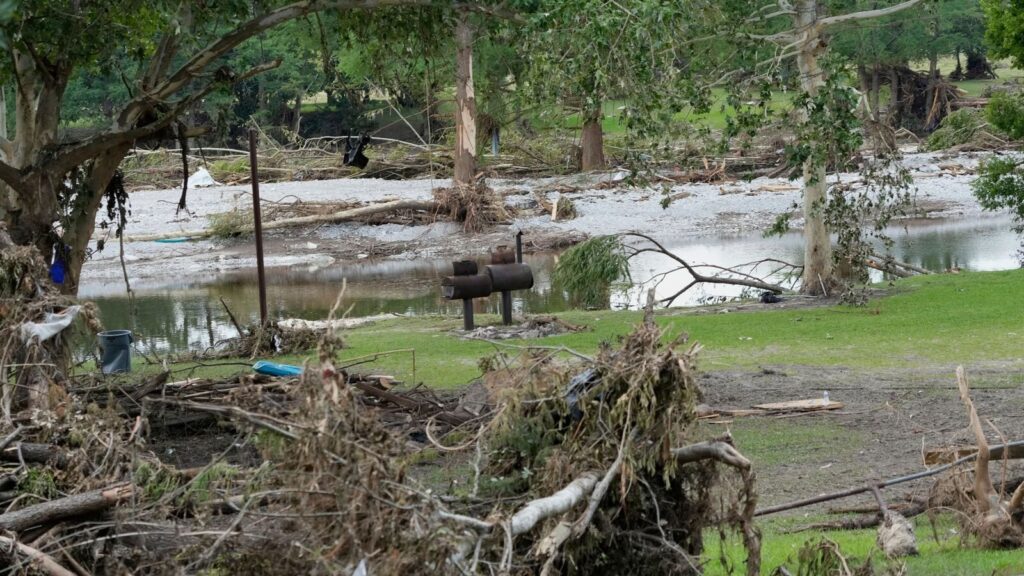Catastrophic flooding in Texas has killed over 120 people, with 173 still missing after the Guadalupe River became a deadly “tsunami,” rising 26 feet in 45 minutes.
This tragedy in “flash flood alley” reflects a national crisis: extreme weather events are now 58% more frequent than in the 1980s, yet public attitudes and infrastructure haven’t adapted.
According to an AP report, climate scientist Michael Oppenheimer warns: “What used to be extreme becomes average… we start to experience things that never happened before.” Despite urgent warnings, many at Camp Mystic didn’t evacuate, and 27 drowned as floodwaters swallowed cabins.
Why warnings go unheeded
People consistently underestimate new climate risks due to “normalcy bias”—assuming past survival means future safety. “Just because I’ve lived through a flood doesn’t mean the next will look the same,” explains disaster expert Lori Peek.
In Texas Hill Country, residents dismissed alerts because “we get flooding all the time,” unaware that climate change made this storm 7% wetter and 1.5°C hotter than historical norms.
Kerr County had even scrapped flood sirens years earlier over cost concerns. Social scientist Kim McClain urges: “If you’re used to nuisance flooding, look at Texas—this is a shifting baseline”.
Gutted agencies worsen the crisis
Federal disaster agencies are in chaos after Trump’s layoffs eliminated 1/3 of FEMA’s experts and 600+ National Weather Service staff.
San Antonio’s weather office lost its lead flood-warning meteorologist months before the disaster. Texas officials now blame forecasting gaps, though records show 22 warnings were issued.
“FEMA is so depleted, it’s unclear if they can launch huge responses,” warns emergency professor Samantha Montano.
Simultaneously, Trump’s 2026 budget cuts NOAA weather funding by $150 million and slashes National Science Foundation climate research by 56%.
Path forward: Planning for the unprecedented
Experts demand urgent changes: modernize warning systems, fund agencies, and prepare for worst-case scenarios.
Texas Lt. Gov. Dan Patrick now pledges flood sirens for Kerr County, while Canada’s climatologists urge cross-border storm tracking as weather patterns shift north.
“We’re destroying capabilities we’ll need more in the future,” Oppenheimer stresses, noting aging infrastructure and population growth in hazardous zones compound risks.
With the climate extreme index soaring, the message is clear: yesterday’s defenses can’t withstand tomorrow’s storms.

